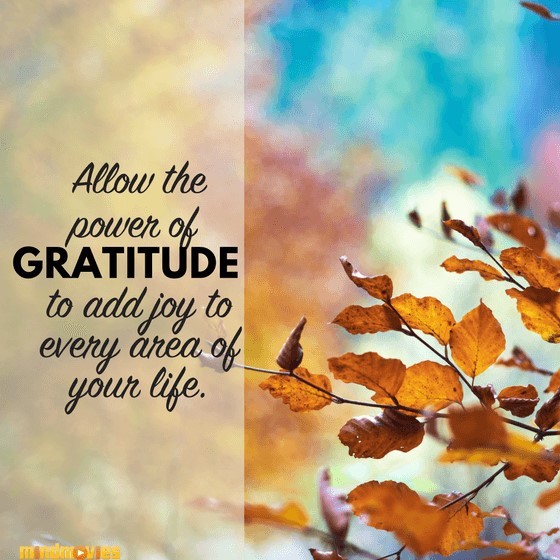Happy 1st Week Back to School.
If any of you are like me, you are feeling a lot of feelings about being back in the building with our small groups of students. The halls have been eerily quiet, you smile at students but they can't see your mouth, and want to hug or high-five but all you can give is a solid elbow bump.
How do we help our students feel more at ease? How do we help ourselves feel more at ease?
Answer: Mindfulness and Well-Being!
This year I want to take time to do weekly posts on mindfulness and well-being.
During our back to school PD I introduced everyone to some new ideas that I would love to incorporate into our mindful journey. One is the acronym WOOP
WOOP
WOOP is based in concept of Mental Contrasting with Implementation Intentions (MCII) to help achieve goals we set for ourselves. WOOP was coined by Gabriele Oettingen,PhD.
WOOP stands for:
W: Think about your Wish
O: The best Outcome
O: Potential Obstacles
P: Your If/Then Plan
Dr. Oettingen in talk with Dr. Laurie Santos a professor at Yale, explains how to walk yourself and students through the WOOP process.
WOOP is not a long and complicated process. It only takes about 5-10 minutes a day.
It is best to have a quiet and calm atmosphere, with limited to no interruptions. This isn't a time to be talking to and engaging with others. It is a time to reflect and explore for your own benefit.
WOOP is just for you.
To start with, think about what is your most important wish. Dr. Oettingen suggests that you consider a time frame, asking when you want your wish, or how long will it take to obtain your wish. This will help you focus your wish to something that is readily obtainable.
After thinking about the time frame you would like to accomplish your goal write out your goal, or Wish. "What do I want most?"- write down 3-4 words.
Our students may have a daily goal to be more focused, to complete a full assignment, to stay positive, to say only nice things, to be mindful, or to make a new friend.
Next we come to the first O. Dr. Oettingen notes that the order of the Os is very important when conducting metal contrasting. You need to have the positives set in your mind before you begin to explain the challenges to the goal accomplishment.
Our first O is, Outcome. What might be the best outcome if the wish is fulfilled.
This is a time for our students to explain the benefits of the goal or wish they set that day. Lets say they set the goal of making a new friend. A positive outcome might be that they will reduce loneliness, have someone to talk to at lunch and recess, find social support, and maybe even find someone who can support them academically.
Ask the students to imagine the very best outcome and write out 3-4 words..
After they have explored the very best outcome the next step is to conduct the contrasting aspect of goal setting; exploring obstacles.
When setting a goal it is import to prepare for any potential obstacles. Knowing what may stand in the way helps to overcome the obstacles.
Asking the questions:
What stops me? What is it IN ME that stands in the way?
This is a time to dig deep and not make excesses. Ask: What is it that REALLY stands in the way? The inner obstacles.
This is a time to imagine the obstacles, experience them. Then write out 3-4 words to describe.
The words might be; (our example of friend making) shyness, fear of rejections, might not say the right words, have no common interests, or different backgrounds.
The last step is The Plan.
What can you do to overcome the obstacles? Your If/Then Plan. Simple short statements.
If I feel too shy to talk to a new friends, then I will practice deep breathing and remind myself that it will be a lonely year if I do not try.
If I think we are too different and do not have similar backgrounds, then I will remind myself that it could be fun to explore a new culture or ethnicity.
Dr. Oettingen states that it is critical to follow the steps correctly and to make sure to complete the obstacle step. The obstacle step teaches you what you consider barriers. This then allows you to plan out how to overcome the obstacles. This creates the connections between obstacles and the future; between obstacles and behaviors to overcome them.
In 2013 Dr. Angela Duckworth spent time with 5th grade students focusing on Mental Contrasting (WOOP). Dr. Duckworth had the the students spend 5 minutes every morning writing out their WOOP in a journal. This process was found to help students in several ways. They had better school attendance, fewer negative behavior reports, and better grades.
I will be working on posters with the WOOP acronym. My hope is that you take time to start this process with your students and continue daily. I encourage you to take some time and WOOP for yourself. Dr. Oettingen has an app that may help you, WOOP.
Below are the graphs from Dr. Duckworth's study. MCII is Mental Contrasting with Implementation Intentions or WOOP process.
























